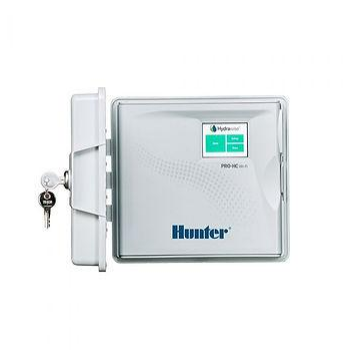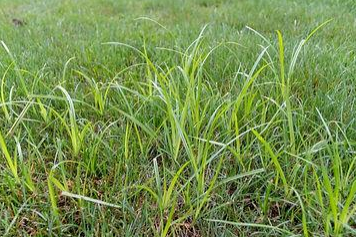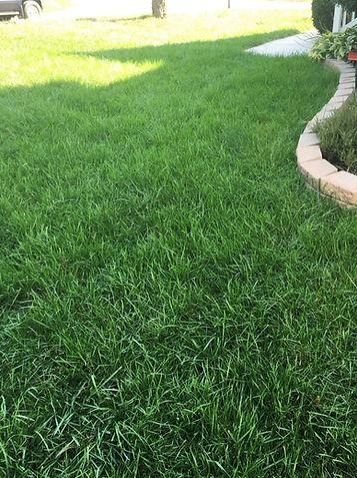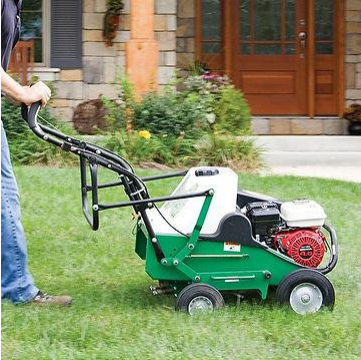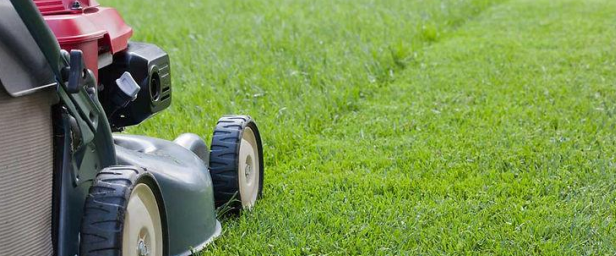BUILDING HEALTHY SOIL
How can we build healthy soil for long term success of the lawn?
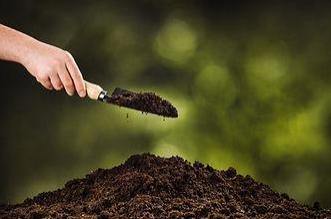
Chesterfield, VA. In turfgrass soil, we can achieve rapid, flash in the pan growth/color if necessary, but using only those type of products can be at the cost of long-term soil health. When we talk about soil health, we talk a lot about nutrients, macro and micro, so that we fertilize correctly in order to get good green color and healthy growth - that is the basis for feeding the plants what they need, but what about the rest of the picture? What simple actions can we take to head in the right direction to achieve long term success?
Start with the clippings - don’t bag or collect them unless you must. Clippings contain up to 33% of the nitrogen content (fuel) within the plant and by leaving them in the lawn they will break down and refeed the soil maintaining color longer than if they are removed.
Mulch leaves whenever possible without removing them unless the mulch is too deep for the turf. Mulching the leaves provides a composting material that is natural just like the beautiful soil in a forest - it can provide beneficial microbes, organic matter that holds moisture in the soil.
A soil test can often lead to discovering that you have one or more limiting factors that are keeping your soil from reaching its potential. A soil test can identify these factors so that amendment applications can be added as a corrective measure. A pH imbalance for example can greatly affect the nutrient availability to the plant - that is even if the nutrients are available, they cannot be used effectively by the grass plants.
Work on the organic matter content, and beneficial microbes of the soil. The organic matter content through the soil is what helps determine the moisture holding capacity of the soil, as well as how long the nutrients stay within the soil for more even and consistent performance. Beneficial microbes are the living organisms that help break down the fertilizers and nutrients present in the soil into something that the plants are able to uptake. Smaller, consistent applications of products/amendments like compost, etc. are the most effective way to improve the soil. Just like everything else, these should be done in moderation.
Soil structure can be limiting whether it be clay based or sandy, either can cause problems - sand can leach nutrients and water right through while clay can hold them too long or not be infiltrated at all. Based on soil testing for structure, soils can be managed in the right direction with topdressing lightly on a consistent basis to change them into a better performing soil for the lawn.
That’s the quick and dirty on some base things that can be done to keep your soil moving in a healthier direction. Consistent, incremental work generally ends with better performance and beats out large swing changes. Happy planning!
If you liked my blog post, share it with a friend! For more information, questions or comments - sign up to share.
About me
Sean Welch is the owner/operator of SuperTurf LLC where he helps homeowners in the area improve the quality of their lawns and irrigation setups to achieve the success they desire. He was a formerly a golf course superintendent with a degree in Landscape and Turfgrass Management from Virginia Tech.

